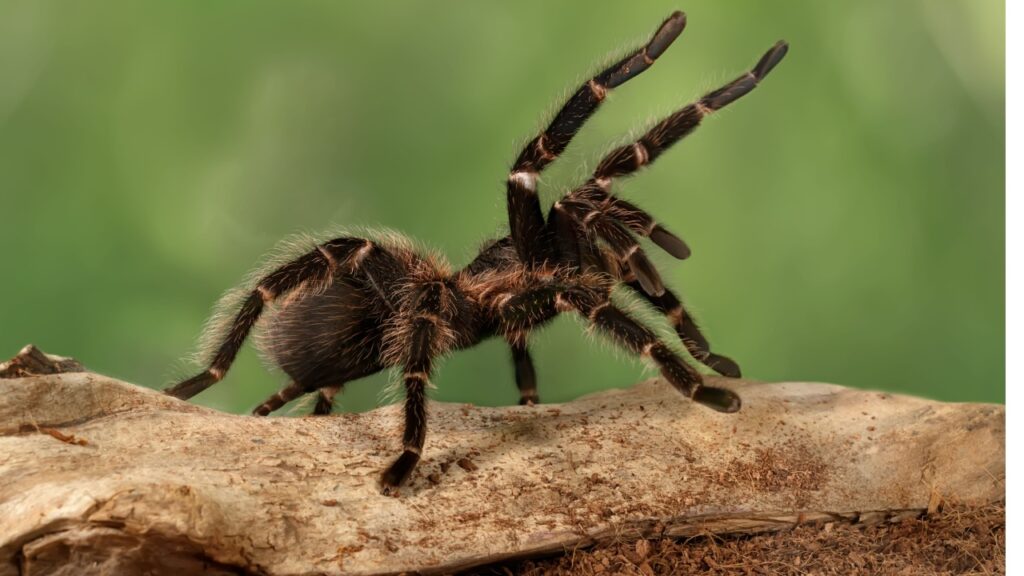Tarantulas might seem like formidable predators, but in nature, even the hunters can become the hunted. These hairy arachnids face threats from a surprising variety of creatures, ranging from tiny insects to soaring birds of prey. Let’s explore 12 fascinating animals that have evolved to tackle these eight-legged giants.
Army Ants
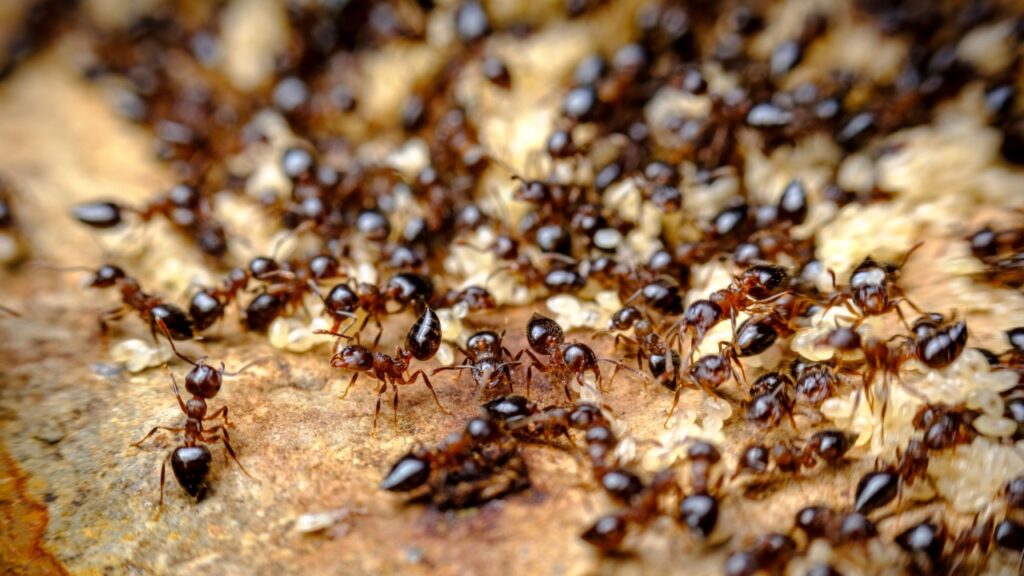
These tiny terrors prove that size isn’t everything in the natural world. Army ants move in massive swarms, overwhelming tarantulas with sheer numbers. They use their powerful mandibles to tear apart the spider’s body, piece by piece. Charismatic as they may be, these ants are relentless hunters, leaving no chance for escape once they’ve targeted a tarantula.
Giant Centipedes

Armed with venomous fangs and lightning-fast reflexes, giant centipedes are fearsome predators of tarantulas. These many-legged hunters can grow up to 30 centimeters long and possess a potent neurotoxin. They strike quickly, injecting venom that paralyzes the tarantula, allowing the centipede to feed at its leisure.
Tarantula Hawks
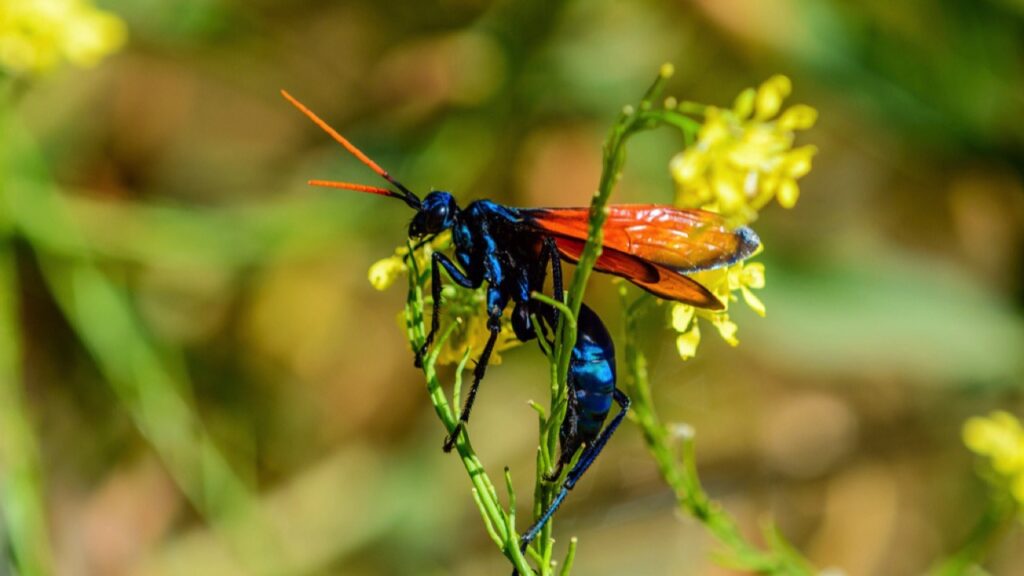
Despite their name, tarantula hawks are not birds but large, solitary wasps. These striking insects possess one of the most painful stings in the animal kingdom. Female tarantula hawks hunt tarantulas as a food source for their larvae, paralyzing the spider with a powerful sting before dragging it back to their burrow.
Scorpions

In the battle of arachnids, scorpions often come out on top. Armed with powerful pincers and a venomous stinger, scorpions are well-equipped to take on tarantulas. They use their pincers to grapple with the spider while delivering a lethal sting, making quick work of their eight-legged prey.
Coyotes

These adaptable canines aren’t picky eaters and will happily make a meal out of a tarantula. Coyotes use their speed and agility to catch tarantulas unaware, quickly dispatching them with a bite. Their thick fur also provides some protection against the tarantula’s irritating hairs.
Coati
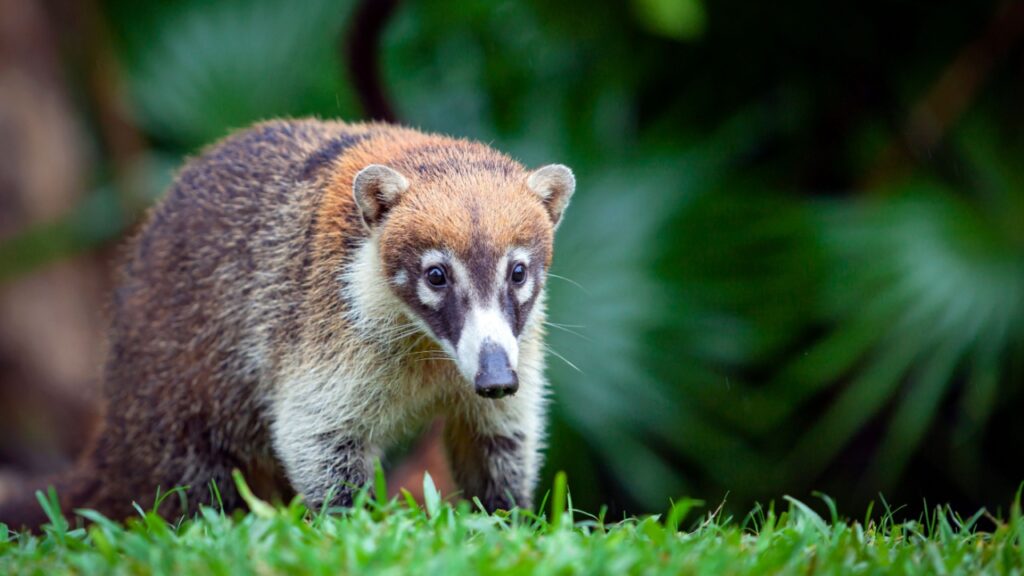
These raccoon-like mammals are skilled hunters with a taste for tarantulas. Coatis use their long, flexible snouts and sharp claws to dig tarantulas out of their burrows. Their thick fur helps protect them from the tarantula’s urticating hairs, allowing them to make short work of these arachnids.
Owls
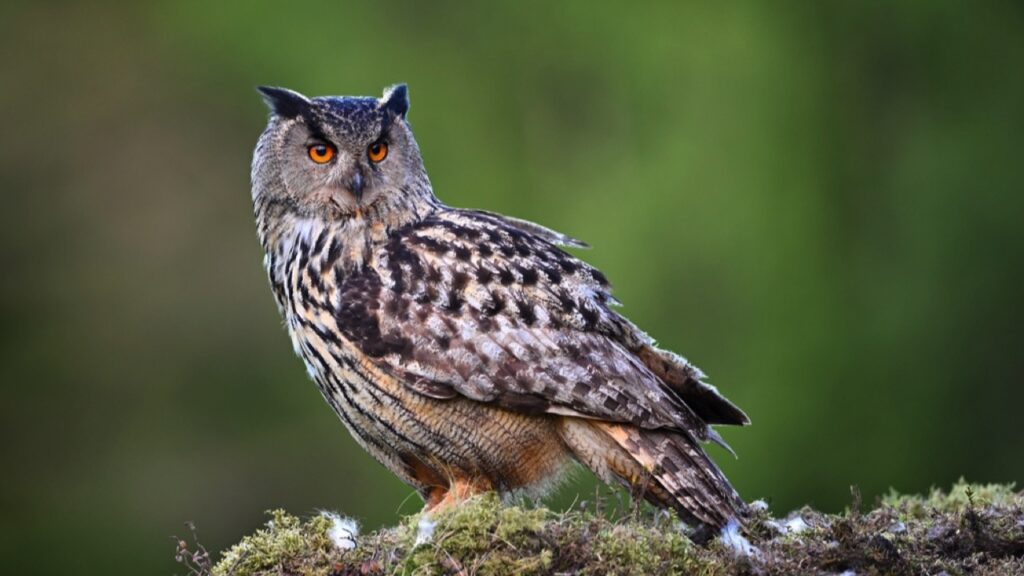
With their silent flight and exceptional night vision, owls are perfectly adapted to hunt tarantulas. Species like the burrowing owl and great horned owl will swoop down on unsuspecting tarantulas, using their sharp talons to snatch them up. Their feathers provide protection against the tarantula’s defensive hairs.
Tarantula-Eating Snakes

Several snake species have evolved to specialize in hunting tarantulas. These serpents, such as the Mexican black kingsnake, are immune to tarantula venom. They use their powerful constricting ability to overcome the spider’s defenses before swallowing it whole.
Lizards
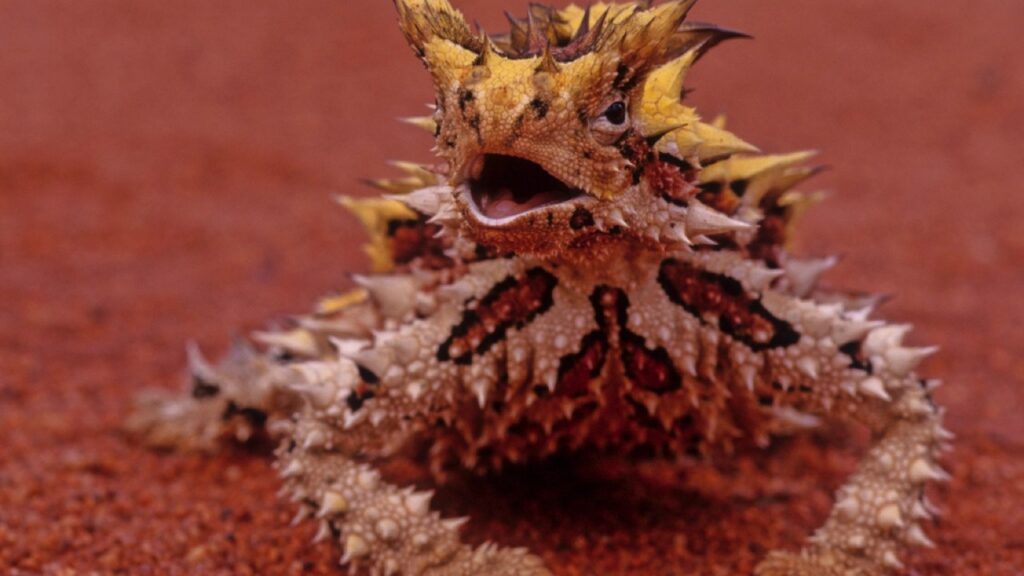
Many lizard species, including bearded dragons and thorny devils, consider tarantulas a tasty snack. These reptiles use their quick reflexes and powerful jaws to catch and crush tarantulas. Their scaly skin provides some protection against the spider’s irritating hairs.
Frogs and Toads
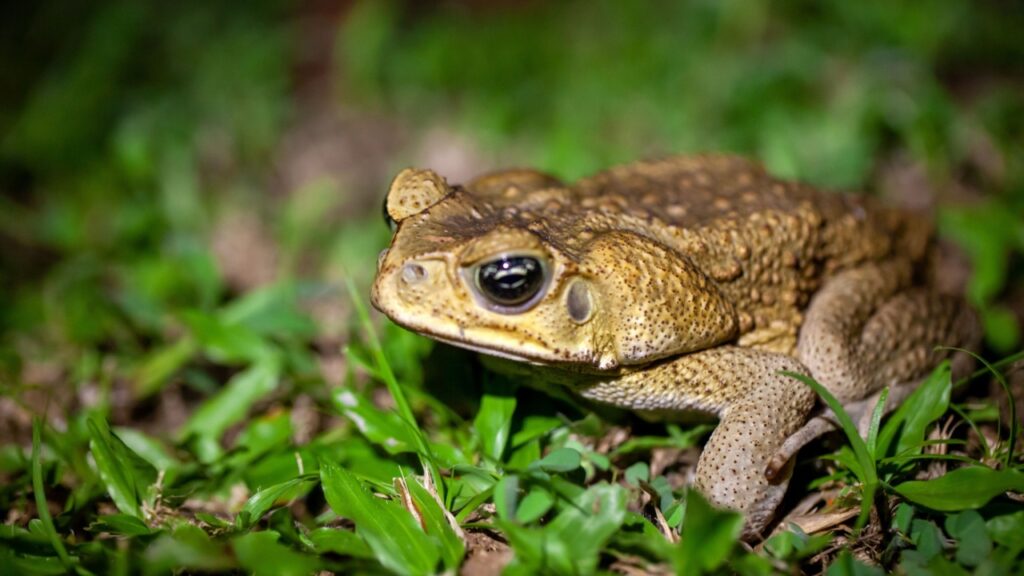
While it might seem surprising, some large frog and toad species prey on tarantulas. The Cane toad, for example, will happily gobble up a tarantula if given the chance. These amphibians use their sticky tongues to snatch up the spider before it can react.
Foxes

These cunning canines are opportunistic feeders and won’t pass up a tarantula meal. Foxes use their speed and agility to catch tarantulas off guard. Their thick fur provides some protection against the spider’s irritating hairs, allowing them to make a quick snack of these arachnids.
Eagles
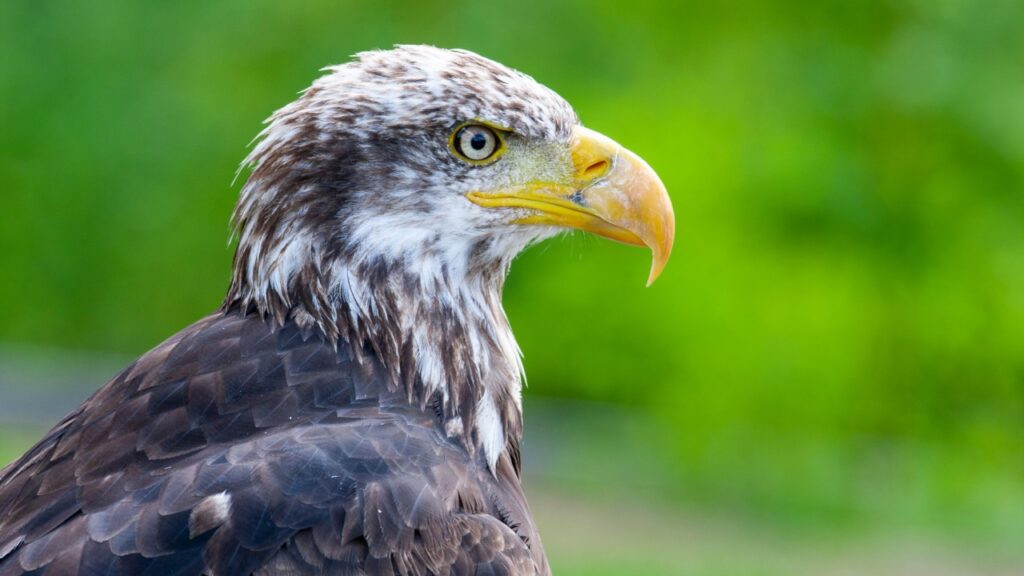
At the top of our list are eagles, the majestic birds of prey that rule the skies. Species like the golden eagle have been known to snatch up tarantulas from the ground. With their powerful talons and sharp beaks, eagles make quick work of even the largest tarantulas, proving that in nature, there’s always a bigger predator.
Becky is a fervent wildlife enthusiast and pet care expert with a diploma in canine nutrition. Her love for animals stretches beyond the domestic, embracing the wild tapestry of global fauna. With over a decade of experience in animal welfare, Becky lends her expertise to OutlandishOwl through insightful articles, captivating wildlife information, and invaluable guidance on pet nutrition. Her work embodies a deep commitment to understanding the intricate lives of animals and a passion for educating others on sustaining natural habitats. Becky's hands-on conservation efforts and her knack for translating complex dietary science into practical pet feeding tips make her an indispensable voice for creatures great and small.

